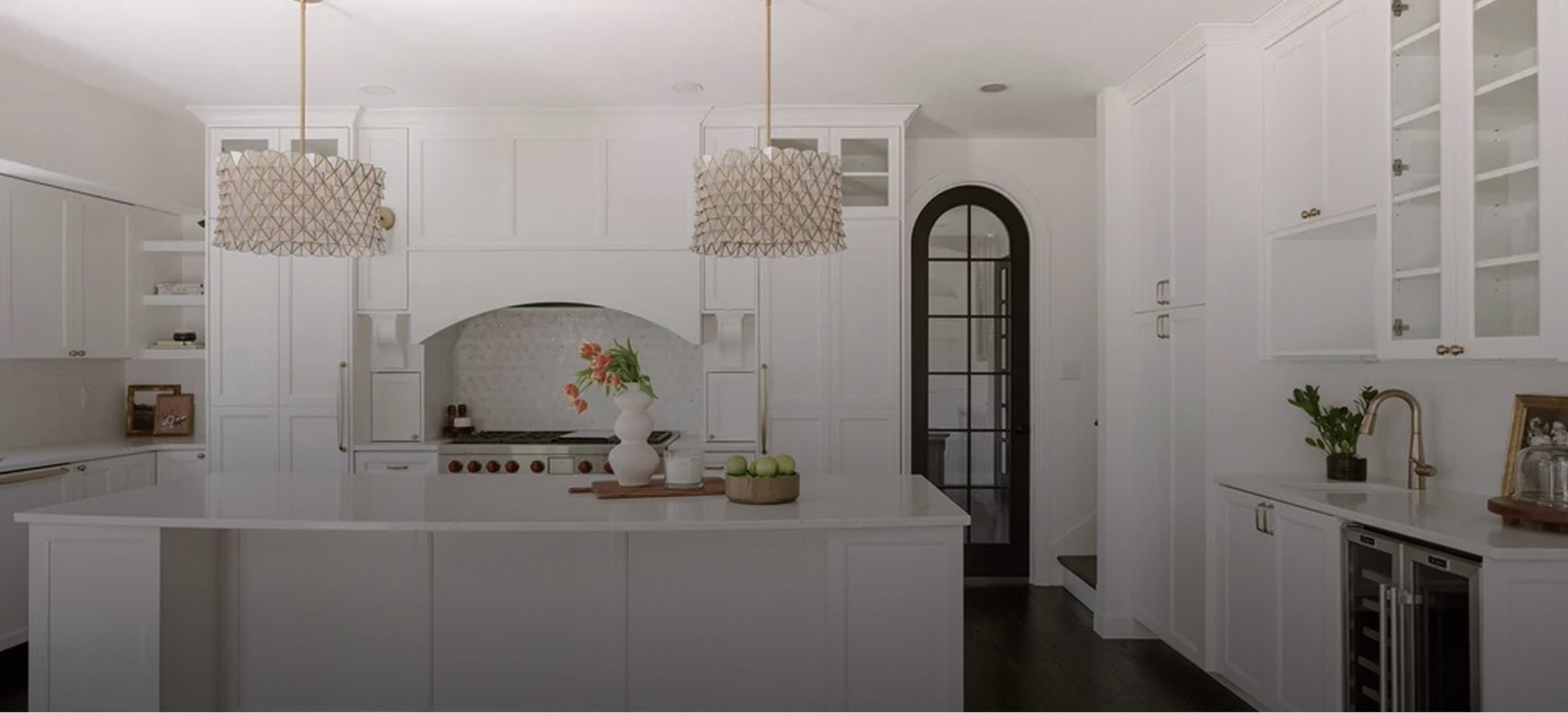
As the days grow shorter, and the air turns crisp, there’s something magical about the transition from summer to fall and the eventual arrival of winter. While many of us cozy up indoors during these colder months, it’s also the perfect time to bring the outdoors in and enhance our living spaces with the beauty and benefits of plants. Whether you’re a seasoned green thumb or a novice plant parent, optimizing your home with plants can create a warm and inviting atmosphere, improve indoor air quality, and even boost your mood. In this blog post, we’ll explore the wonderful world of indoor plants and how to make the most of them as we approach the upcoming seasons.
Chapter 1: The Benefits of Indoor Plants
Before we dive into the nitty-gritty of plant selection and care, let’s first discuss why incorporating indoor plants into your home is a fantastic idea, no matter the season.
Improved Air Quality
One of the most significant advantages of having indoor plants is their ability to purify the air. Plants naturally absorb carbon dioxide and release oxygen, making the air in your home cleaner and fresher. Some plants, like snake plants and spider plants, are particularly effective at removing common indoor pollutants.
Stress Reduction
The mere presence of greenery has a calming effect on the mind. Studies have shown that being around plants can reduce stress and anxiety, making your home a more peaceful and inviting place to relax during the fall and winter months.
Enhanced Aesthetics
Indoor plants add a touch of natural beauty to your home. They come in a wide variety of shapes, sizes, and colors, allowing you to personalize your space and create your own indoor oasis. A well-placed plant can serve as a stunning focal point in any room.
Humidity Control
During the colder months, indoor heating systems can dry out the air, leading to dry skin and respiratory issues. Many houseplants release moisture into the air through a process called transpiration, helping to maintain a more comfortable level of indoor humidity.
Chapter 2: Selecting the Right Plants
Now that you’re aware of the numerous benefits of indoor plants, it’s time to choose the ones that best suit your home and lifestyle. Different plants have different requirements, so consider the following factors when making your selection:
Light Conditions
Evaluate the natural light available in your home. Some plants thrive in bright, indirect light, while others can tolerate lower light conditions. Place sun-loving plants near windows and choose shade-tolerant varieties for darker corners.
Space Constraints
Take into account the available space in your home. If you have limited space, opt for smaller plants or hanging planters to maximize vertical space. Alternatively, if you have ample room, you can go for larger, statement-making plants.
Maintenance Level
Consider how much time and effort you’re willing to invest in plant care. Some plants, like succulents and cacti, are low-maintenance and forgiving, while others require more attention and care.
Seasonal Variations
Think about how the changing seasons may affect your plant’s needs. Some plants are more adaptable to temperature and humidity fluctuations, making them ideal choices for year-round enjoyment.
6 Great Plant Options for your Home
Snake Plants
- Light: Low to bright indirect light.
- Water: Allow the soil to dry out completely between waterings. Tolerates occasional neglect.
- Benefits: Excellent air purifier, making it great for improving indoor air quality.
Spider Plants
- Light: Bright, indirect light.
- Water: Keep the soil consistently moist but not waterlogged. Mist the plant occasionally to increase humidity.
- Benefits: Removes common indoor pollutants and produces baby plantlets.
ZZ Plants
- Light: Low to moderate indirect light.
- Water: Allow the soil to dry out between waterings. Extremely drought-tolerant.
- Benefits: Thrives in low-light conditions and is easy to care for.
Peace Lilys
- Light: Low to moderate indirect light.
- Water: Keep the soil consistently moist, but avoid overwatering. Mist the plant to increase humidity.
- Benefits: Removes toxins from the air and produces elegant white flowers.
Pothos
- Light: Low to moderate indirect light. Can tolerate some direct sunlight.
- Water: Allow the top inch of soil to dry between waterings.
- Benefits: Known for its trailing vines, making it a great choice for hanging planters or shelves.
Aloe Vera Plants
- Light: Bright, indirect light.
- Water: Allow the soil to dry out between waterings. Be cautious not to overwater.
- Benefits: Not only an attractive succulent but also has soothing gel inside its leaves, which can be used for minor skin irritations.
These plants offer a range of options for different lighting and care requirements, making it possible to create a lush indoor garden that suits your home’s specific conditions and your level of plant care experience.
Chapter 3: Plant Styling Ideas
Now that you’ve mastered the art of indoor plant care, it’s time to get creative and use plants to enhance your home decor.
Terrariums
Create captivating mini-ecosystems in glass containers, incorporating small succulents, air plants, and decorative stones. Terrariums make unique and visually striking additions to any room.
Vertical Gardens
Maximize your space by installing vertical planters on walls. Fill them with trailing plants like pothos or ivy for a lush, green display that adds a touch of nature to your home.
Indoor Trees
Invest in large, statement-making indoor trees like a fiddle leaf fig or a rubber plant. These majestic plants can become focal points and add a sense of grandeur to your space.
Conclusion
As we approach the upcoming fall and winter seasons, now is the perfect time to optimize your home with indoor plants. Their beauty, air-purifying qualities, and mood-boosting effects make them invaluable additions to any living space. By carefully selecting the right plants, providing proper care, and integrating them into your home decor, you can create an indoor garden that flourishes year-round. If you’re looking for a great local plant shop to fill all of your indoor needs, check out one of our favorites – Lost In the Forest Co in St. Louis Park! So, embrace the greenery, and let your home bloom with life and vitality throughout the changing seasons with these tips from LBR. Happy gardening!










